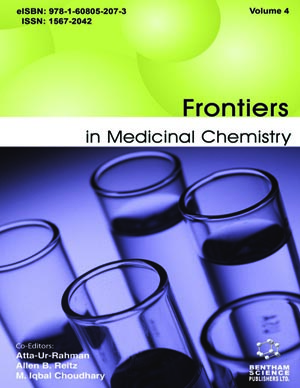Abstract
Helicobacter pylori is one of the most common pathogenic bacterial infections, colonising an estimated half of all humans. It is associated with the development of serious gastroduodenal disease - including peptic ulcers, gastric lymphoma and acute chronic gastritis. Current recommended regimes are not wholly effective and patient compliance, side-effects and bacterial resistance can be problematic. Drug delivery to the site of residence in the gastric mucosa may improve efficacy of the current and emerging treatments. Gastric retentive delivery systems potentially allow increased penetration of the mucus layer and therefore increased drug concentration at the site of action. Proposed gastric retentive systems for the enhancement of local drug delivery include floating systems, expandable or swellable systems and bioadhesive systems. Generally, problems with these formulations are lack of specificity, limited to mucus turnover or failure to persist in the stomach. Gastric mucoadhesive systems are hailed as a promising technology to address this issue, penetrating the mucus layer and prolonging activity at the mucus- epithelial interface. This review appraises gastric retentive delivery strategies specifically with regard to their application as a delivery system to target Helicobacter.
As drug-resistant strains emerge, the development of a vaccine to eradicate and prevent reinfection is an attractive proposition. Proposed prophylactic and therapeutic vaccines have been delivered using a number of mucosal routes using viral and non-viral vectors. The delivery form, inclusion of adjuvants, and delivery regime will influence the immune response generated.
Keywords: Helicobacter pylori, antibiotic, gastric retention, mucoadhesion, floating dosage forms, vaccines, adjuvants, drug delivery






















